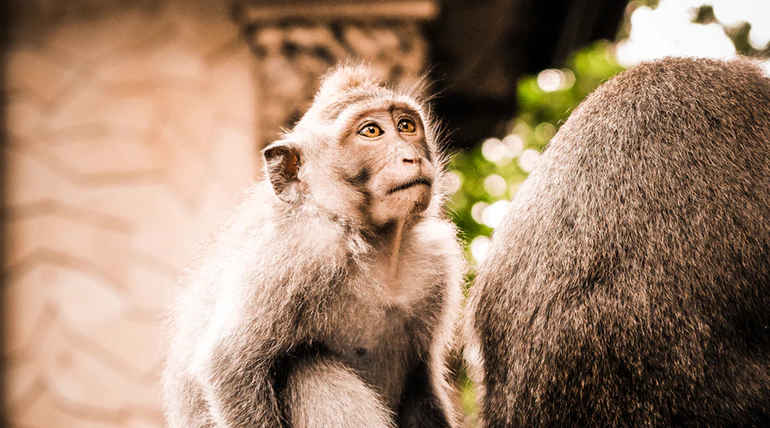ads
Animals Thrive in Fukushima like Chernobyl
Lakshmi Lund (Author) Published Date : Jan 11, 2020 18:15 ISTScience
There is proof of the fact that animals are thriving in the zone declared uninhabitable for human beings in Fukushima.
Much to the sheer surprise of nature enthusiasts, biologists, wildlife experts, and researchers, a radioactive zone which is declared as uninhabitable, for human beings in Fukushima, is home to several species of animals. In fact, there is proof of the fact that animal life is thriving in Fukushima's radioactive zone. Experts are quick to react who echo the opinion that the lack of man-animal conflict is one of the reasons why many numbers of fauna have, without any hesitation, made the zone their home.
It has been close to a decade since the nuclear accident at Fukushima Daiichi Nuclear Power Plant in Okuma, Fukushima, took place. At the time of its occurrence in 2011, the nuclear disaster was regarded as one of the worst nuclear accident since 1986's Chernobyl.
The impact of the disaster was so huge that residents from in and around the vicinity were evacuated. In the five years that followed, a number of huge and not so huge animal species of animals, especially the mammal population, have made the zone their home. In a bid to take a closer look at the same images of the zone were analyzed.
According to researchers, more than 2,67,000 photographs of the zone and its surrounding areas were put under scrutiny. The analysis brought to light that there are indeed at least 20 species of animals the zone declared ‘uninhabitable’ for the human population. Experts who are familiar with the specific analysis have gone on record to admit the fact that the zone is not free from radiological contamination. Despite this fact, animal life thrives in the zone.
A wildlife biologist suggests that the presence of animal species in the zone has largely increased following the evacuation of the human population. Wild boars, Japanese hare, macaques, pheasants, foxes, and the raccoon dog a species which is related to fox are few of the animals that dwell in the zone.
Wildlife researchers and biologists wanted to probe the absence of man-animal conflict in the region deeper. Thus, an experiment involving more than 100 cameras were used in the analysis. For the study, three areas around the Fukushima nuclear plant were analyzed. One is the area declared with the highest contamination level with nil human access, and the second area was the one which had limited human access as it had intermediate contamination. And, the third was open to human access, and it had background radiation. The study which was carried out using 120 cameras brought to light the fact that the levels of radiation had zero impact on animals who are living in Fukushima's 'uninhabitable' radioactive zone.
Animals Thrive in Fukushima like Chernobyl
